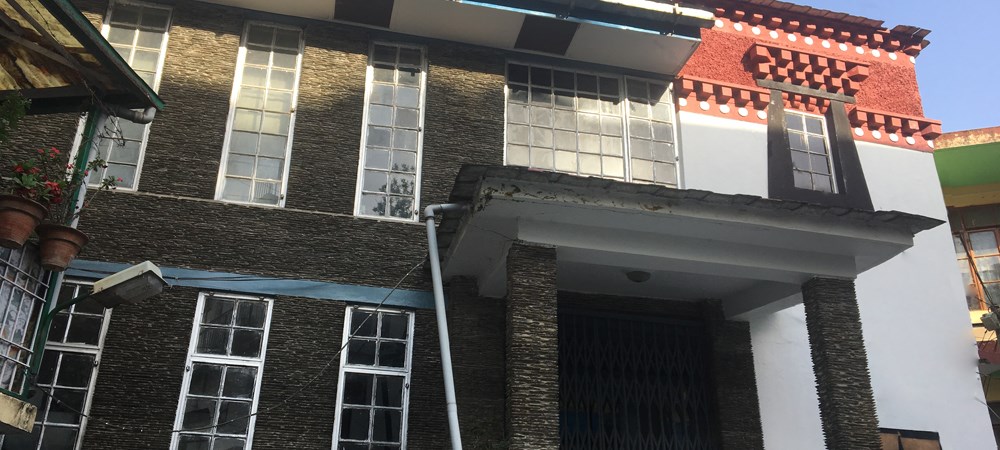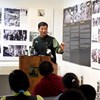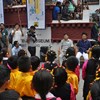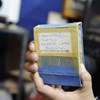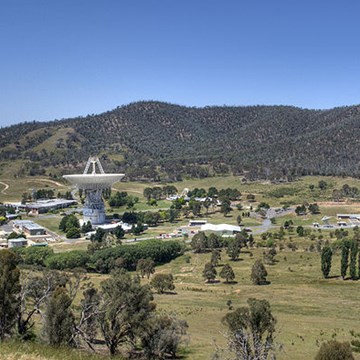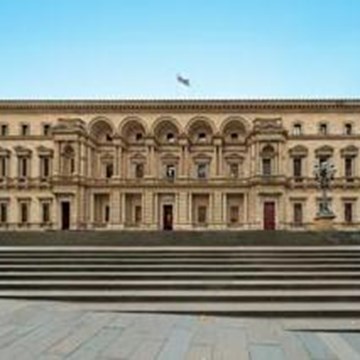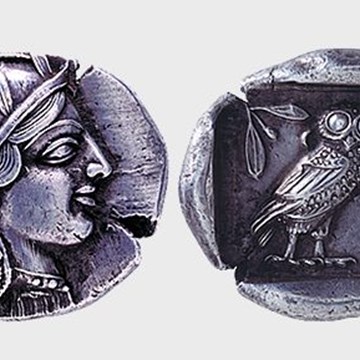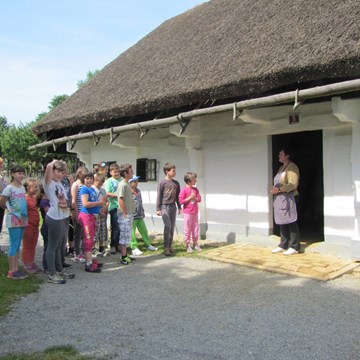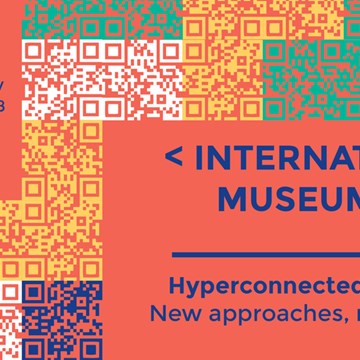The Tibet Museum
About the Tibet Museum
The Tibet Museum of the Department of Information and International Relations, Central Tibetan Administration, was established in 1998 with the purpose to document, preserve, research, exhibit and educate Tibetans and non-Tibetans on all matters related to Tibet’s history, culture and present situation.
The Tibet Museum being located in the Main Temple complex in McLeod Ganj, Dharamsala, is visited by thousands of foreigners, Tibetans and Indians every year. The museum’s beautiful building, location and the wealth of knowledge makes it a must-see for anyone living in or visiting Dharamsala.
The Tibet Museum is more than a space for exhibitions, installations and lectures. It also provides a platform for educational activities relating to Tibetan history – through in-house activities and special events, traveling museum kits, catalogs, and various other publications.
We believe that knowing the past gives strength and guidance for the future and hope our museum will be instrumental in both these aspects.
Mission:
The missions of the Tibet Museum is to inform about the Chinese occupation of Tibet, to provide personal accounts of lives lost in Tibet since the occupation and to inform on the continuous and ongoing abuses carried out by the Chinese government against the Tibetan people.
It also aims to educate the exile Tibetan community on the values of democracy, human rights, environment protection, freedom struggle, as well as to strengthen the Tibetan spirit and collective pride through presentations on Tibet’s rich history and culture.
Museum Structure
Permanent Museum – The Tibet Museum:
The Tibet Museum or Demton-khang (in Tibetan) serves as a permanent memorial and commemoration site for the Tibetans who have died as a result of the Chinese occupation. The Museum’s main exhibition “A Long Look Homeward”, is divided into two sections: the first floor presents the Chinese occupation of Tibet and its results, and the second displays Tibet’s past and hopes for its future. It takes the visitor through Tibet as it was, the Chinese invasion, the attempt at resistance, and the arduous escape of thousands of Tibetans from their homeland. The exhibition also displays the present-day realities of Tibet: the abuse of human rights and the effect of sinicization. Catering to the diverse audience of visitors to Dharamsala, all the textual presentations in the museum are given in three languages: Tibetan, English and Hindi.
It also screens documentary movies on Tibet, twice a day, as well as invites experts and conduct talks and lectures on Tibet related issues at its small lecture hall. The Tibet Museum also hosts temporary short-term exhibitions every three months on current issues.
The Photographic Archive Section:
The Tibet Museum Photographic Archive section has a collection of more than 30,000 rare photographs, slides and negatives of historic and contemporary images of Tibet. Photographs as old as dating back to the times of the 13th Dalai Lama and many rare photographs of independent Tibet are also part of the archive.
The archive is an important historical documentation and vital asset for the Tibet Museum. The photographs are used for exhibitions, books and other printed material published by the Tibet Museum. The also serves as an important repository and point of reference for the media, publication agencies, researchers and the public worldwide.
The Photographic Archive is located in a Museum Administration Office near the DIIR’s main office, in Gangchen Kyishong, Dharamsala, India.
Traveling Exhibition:
Just as the the Tibet Museum complex provides an effective means of presenting Tibet’s history, culture, and challenges to people visiting Dharamsala; the traveling exhibition of the Tibet Museum brings Tibet’s story to people throughout the world. The museum staff regularly visits schools, settlements and monasteries and cities in India, to showcase photo exhibitions related to Tibet’s history, culture, current situation inside Tibet and way of life in exile. The traveling exhibitions are also enhanced by screening of documentary movies (on Tibet’s history, culture and current situation)
Exhibitions and events
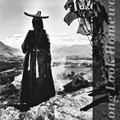
A Long Look Homeward
Permanent exhibitionThe Tibet Museum features permanent exhibition - A Long Look Homeward . The exhibition is divided into two sections: the first section on the first floor displays the Chinese occupation of...
Educational programs
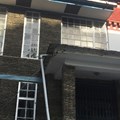
Guided tour of the Tibet Museum for three days
WorkshopWith the goal of enhancing visibility of the museum's offerings to the general public and visitors to Dharamshala, the Tibet Museum will provide guided tour of the museum for three days from May 19...
Collections
We don't have anything to show you here.
Articles
Deputy Speaker Addresses Closing Ceremony of 40th International Museum Day at Tibet Museum
Dharamshala: The two-day International Museum Day concluded with the an address by the Deputy Speaker of Tibetan Parliament-in-exile, Acharya Yeshi Phuntsok...
President of CTA Dr Lobsang Sangay Initiates 40th International Museum Day Event
Dharamshala: President of Central Tibetan Administration, Dr Lobsang Sangay initiated a two day event organised by the DIIR Tibet Museum to celebrate the...
The Tibet Museum Concludes Successful Three-day Event with Cultural Performances
DHARAMSHALA: The Tibet Museum of the Department of Information and International Relations (DIIR) today concluded its three-day event to mark the...
Sikyong Flags off Tibet Museum’s Three-day International Museum Day Event
DHARAMSHALA: Sikyong Dr Lobsang Sangay today flagged off a three-day event organised by DIIR’s Tibet Museum to celebrate the 39thInternational Museum Day. The...
History Digitalized for the Future
The mission of the Tibet Museum is to preserve and spread knowledge about the Tibetan culture, history and the situation in Tibet. The museum is run by the...



